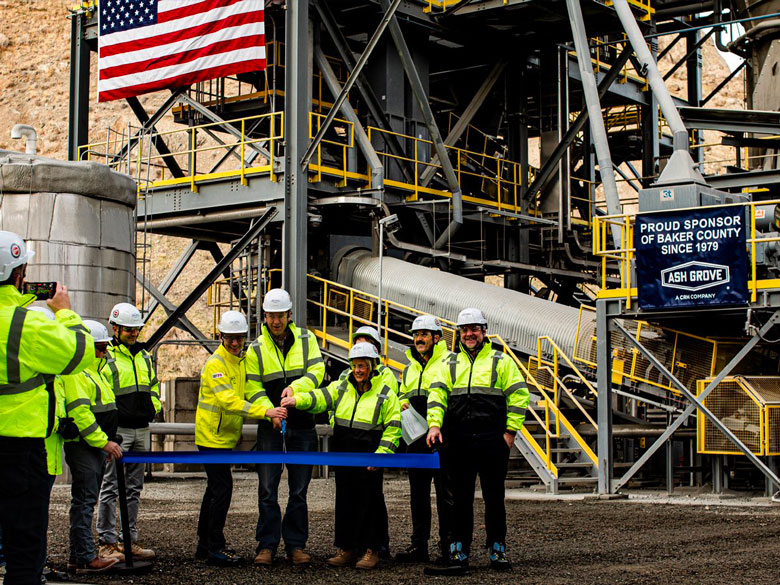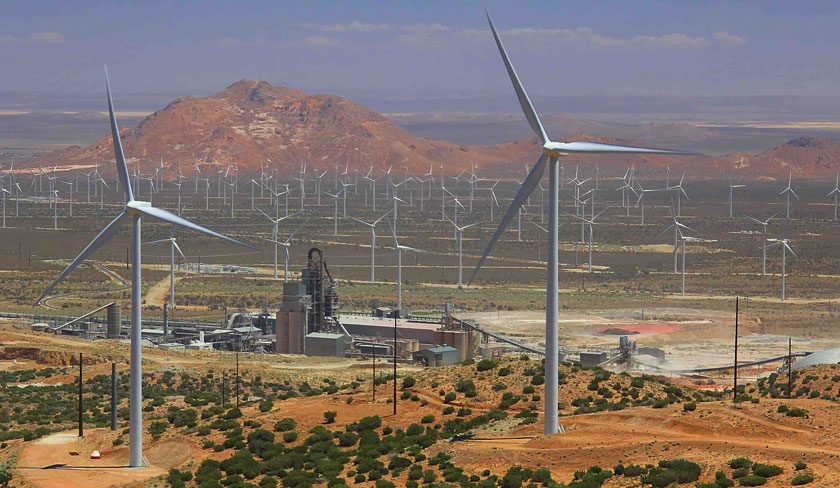Votorantim Cimentos revised its decarbonization targets to 475 kg of CO2 per tonne of cement by 2030. Its new global target is 8.7% lower than the one previously announced as part of its 2030 Sustainability Commitments.
The new scope 1 target, which refers to CO2 emissions generated directly by company operations, was approved by the SBTi (Science Based Target initiative) and represents a reduction of 24.8% compared to base year 2018.
“The fight against the negative effects of climate change is at the heart of our strategy and reflects our focus on competitiveness and on creating a positive legacy. The most competitive businesses will be those with the lowest greenhouse gas emissions. After all, the environmental crisis is also an economic and social crisis. The validation of our new target by SBTi reinforces our commitment and continuous efforts toward the net-zero agenda,” said Álvaro Lorenz, global director of sustainability, institutional relations, product development and engineering at Votorantim Cimentos.
Between 1990 and 2021, Votorantim Cimentos reduced its CO2 emissions per tonne of cement produced by more than 20%. The company’s decarbonization strategy is based on four main pillars:
- Co-processing: Substitution of fossil fuels used in cement production kilns for other materials, especially biomass and waste.
- Use of cementitious materials: By replacing clinker with by-products from other industries (including steel slag and ash from thermoelectric plants, in addition to other cementitious materials), it is possible to promote a circular economy and reduce the environmental footprint of cement.
- Energy efficiency and use of renewable energy sources: Votorantim Cimentos has its own hydropower plants and has been making significant investments in solar and wind energy.
- Development of new technologies: Use of innovative processes and new materials, dematerialization of the value chain, and partnerships with various entities and academia to increasingly optimize resources and reduce carbon intensity.



